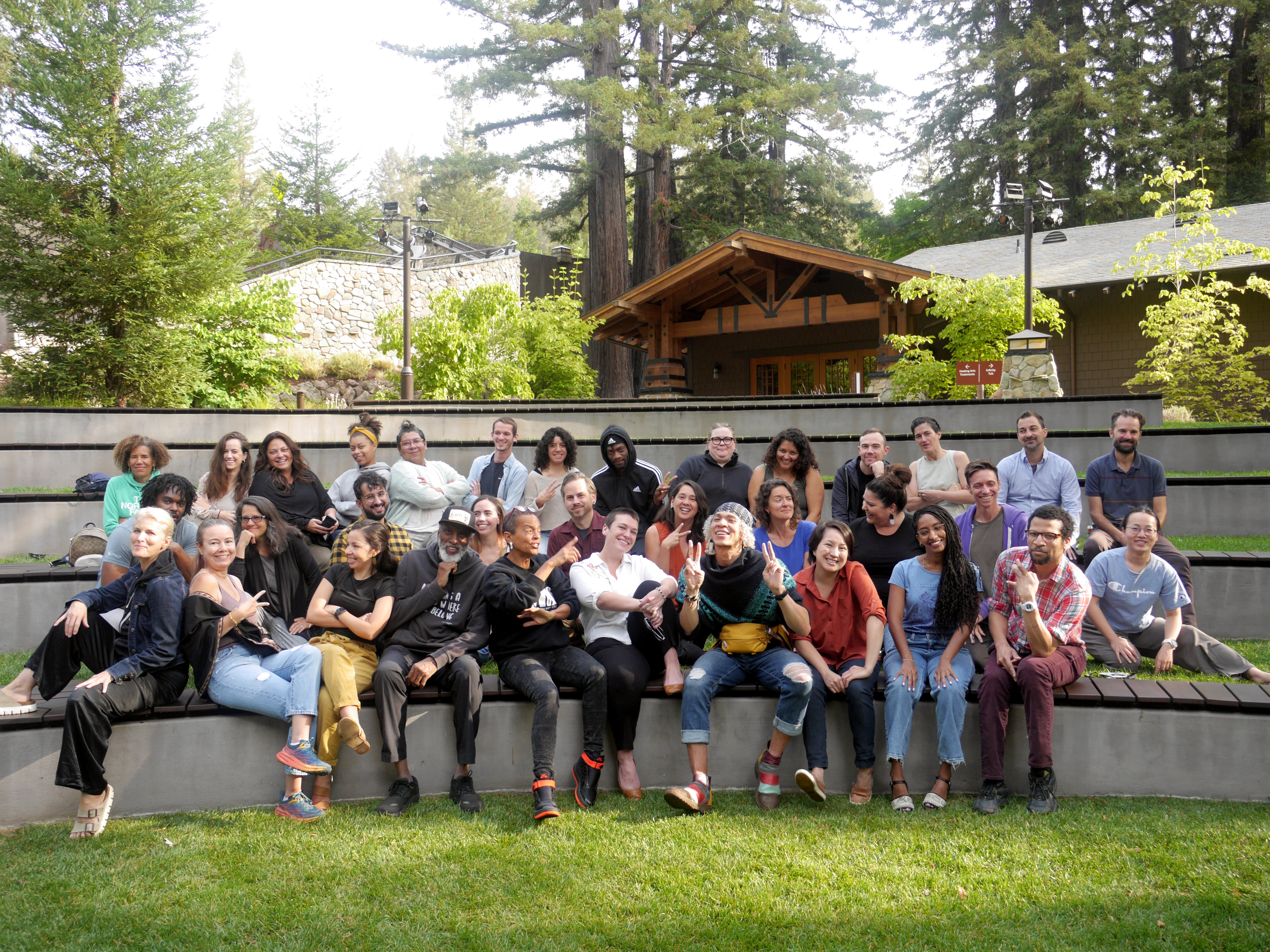Zoning has historically been used to restrict admissibility and to create racially exclusive communities. Rooted in racist past and discriminatory intent, the effects of restrictive zoning in current times are still discriminatory even if the intent is not explicitly racist. Research and practice has shown that single-family zoned areas, that do not allow development of multi-family housing, exacerbate racial segregation and income inequality. Single-family zoning is a mechanism to keep people of color and low income folks away from neighborhoods that are heavily white and are resource rich. In order to evaluate the role zoning plays in perpetuating racial inequity and harm, it is important to record the existing zoning in our built environment. Equally important is to track zoning reform policies enacted by jurisdictions within the nation. Following are the projects Equity Metrics has been involved with to explore and analyze these issues further:
- Single-family Zoning Analysis: Metro-wide analysis could reveal the landscape of zoning, especially single-family (only) zoning (SFZ). But the myriad of zoning categories could prove difficult to analyze the impact of zoning. Simplifying zoning districts into three categories - single-family residential, other residential and non-residential/unknown, made the analysis easy to understand and impactful. We ran this analysis for six metropolitan areas, and for the entire state. The analysis not only informed us about the percentage of SFZ in each region, it also revealed the relation of high SFZ with many socio-economic factors. The reports also list potential cities in each region that could benefit from upzoning.
- California Zoning Atlas (CZA): We are leading the data collection for the statewide zoning atlas, contributing to the National Zoning Atlas (NZA) initiated by Prof Sara Bronin@Cornell. We are collaborating with UC, Davis’ Center for Regional Change, and working with a team of students and volunteers to gather data on zoning districts and development standards such as lot size, parking requirements etc. for each municipality and unincorporated areas within the state. Working with the NZA team, the data is uploaded to the portal and is displayed on the national zoning map on a rolling basis. Considering the importance of this work in advocating for zoning reform, there is considerable interest from organizations and individuals in using this data.
- Decoding Zoning: There has been an ongoing interest in zoning reform that supports equity and inclusion. This article describes the statutory basis and process of amending zoning law in California, offers a framework for understanding the phases of reform, and provides examples from California and beyond.
- Zoning Reform Tracker: Our quest for decoding zoning led us to embark on this project to track zoning reforms underway in our municipalities. We maintain a database and a webmap of ongoing reforms broken down by “reform mechanism,” “reform type” and “reform phase.” The sortable list allows users to focus on the area of their interest and get an update on the stage of each reform. This database could be a good resource for researchers, scholars, policy makers and the general public.
- Mapping Opportunity and Upzoning in California: Researchers from Equity Metrics and the California Housing Partnership (CHPC) utilized available data and research on opportunity mapping to create an online, interactive map of California to help inform statewide zoning reform legislative proposals by creating and publishing an evidence-based approach to identifying opportunity-rich, exclusive areas most appropriate for up-zoning. The mapping tool provides data and evidence-based framing around the types of neighborhood characteristics policymakers should consider to ensure zoning reform encourages more housing production in high-opportunity and jobs-rich areas, and does so in ways that could make the state more inclusive and help meet environmental goals by reducing commute distances. The maps were created as a collaboration between Equity Metrics, the Terner Center for Housing Innovation and the Urban Displacement Project at the University of California, Berkeley, and CHPC. This project was made possible by the generous support of the Chan Zuckerberg Initiative (CZI).




